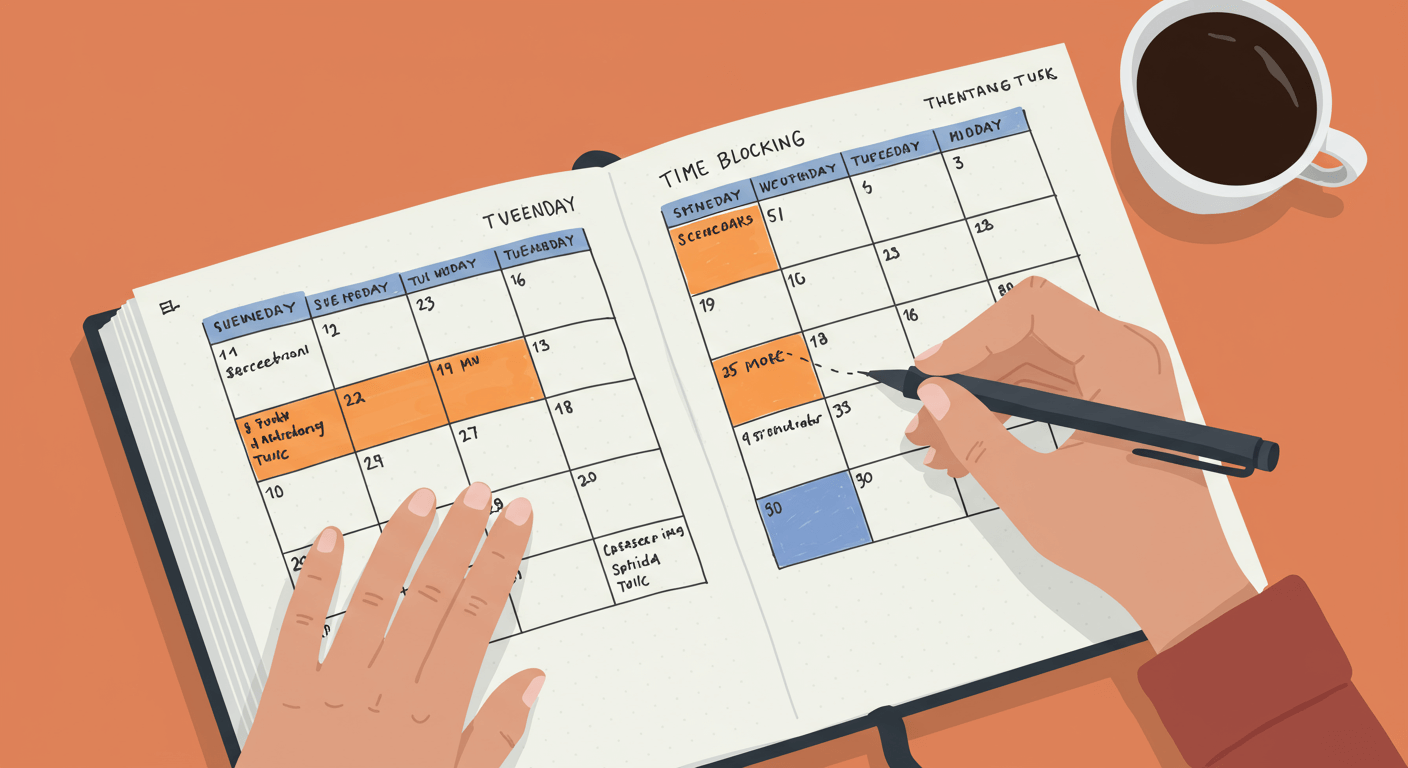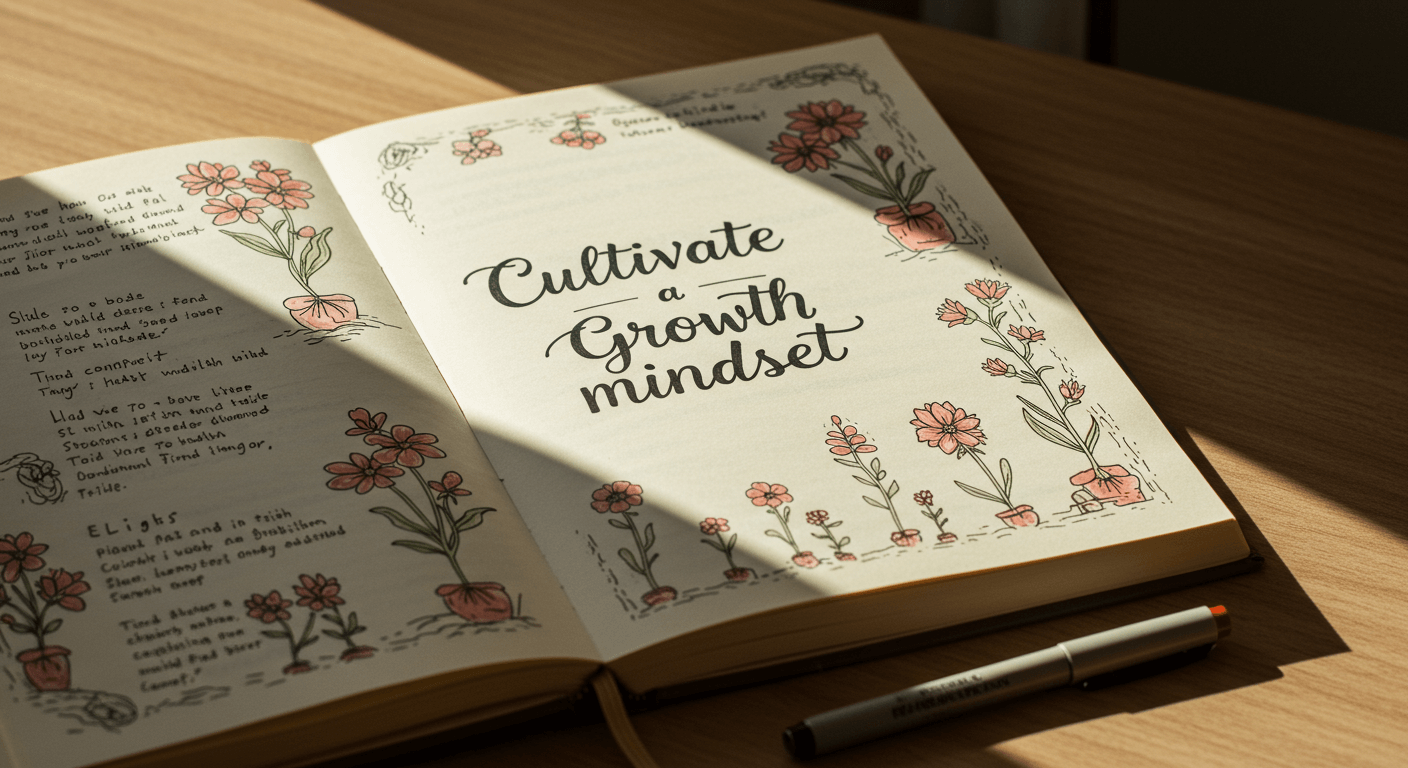Adopt the Time Blocking Technique

Time blocking means carving your day into dedicated segments for specific tasks. By assigning fixed intervals to focused work, meetings, breaks, and personal activities, you avoid multitasking and decision fatigue. Over time, you’ll gain clarity on how long tasks truly take and create a disciplined schedule that maximizes deep work and minimizes distractions. Read more 13 Revolutionary Productivity & Life Hacks to Level Up Your Day
Embrace the Two-Minute Rule
If a task takes two minutes or less, tackle it immediately. Coined by productivity expert David Allen, this rule prevents small tasks from piling up and becoming overwhelming. Simple actions like responding to brief emails, tidying your desk, or setting up system reminders fall into this category, helping you maintain a clean slate throughout the day.
Prioritize with the Eisenhower Matrix
Sort tasks into four quadrants: urgent and important, important but not urgent, urgent but not important, neither urgent nor important. Focus first on critical responsibilities, schedule strategic projects, delegate or automate time-sensitive low-value items, and eliminate trivial tasks. This visual tool refines your decision-making and keeps you aligned with long-term goals.
Leverage the Pomodoro Technique
Work in 25-minute intervals followed by 5-minute breaks, and take a longer 15–20-minute break after four cycles. This rhythm stimulates sustained concentration, wards off mental fatigue, and creates momentum through short sprints. Customize interval lengths to suit your attention span and witness significant gains in output.
Batch Similar Tasks Together
Group routine activities—like email replies, invoice processing, or social media updates—into designated blocks. This minimizes the cognitive costs of context switching and allows you to complete comparable tasks with heightened focus. Schedule these batches during energy dips to reserve peak hours for creative or analytical work.
Practice Habit Stacking
Attach a new habit you want to build onto an existing routine. For example, after your morning coffee (existing habit), spend five minutes planning your day (new habit). This approach leverages established neural pathways, making it easier to adopt consistent behaviors without relying on willpower alone.
Implement Digital Detox Periods
Schedule tech-free windows—whether it’s during meals, the first hour after waking, or an evening hour before bed. Unplug to reduce mental clutter, recharge your focus, and foster genuine connections with people around you. Use this time for reading, meditating, or taking a walk to rejuvenate your mind.
Create and Reuse Templates
Draft templates for routine documents, emails, checklists, and presentations. Having a structured outline saves precious minutes each time you start a new task. Refine these templates based on feedback and outcomes, ensuring they evolve and remain highly effective over time.
Master Keyboard Shortcuts
Learning shortcuts for your most-used software—including your operating system, email client, browser, and project management tools—can shave minutes off every action. Over days and weeks, those saved seconds accumulate into hours of regained time that you can redirect toward meaningful work.
Structure Your Day with Themed Focus Days
Assign themes to specific days, like “Marketing Mondays” or “Finance Fridays.” This reduces decision fatigue by narrowing your scope of focus and allows you to dive deeper into each domain. The shift in mental context is smoother when it happens predictably on a weekly basis.
Take Mindful Breaks
Use breaks for mindfulness exercises such as deep breathing, short meditations, or quick walks. These mini-resets calm your nervous system, lower stress hormones, and sharpen cognition when you return to work. Apps like Headspace or simple breathing techniques can guide you if you’re new to mindfulness.
Commit to Single-Tasking
Focus on one task at a time, giving it your full attention until completion or until you reach a natural stopping point. Single-tasking reduces errors, accelerates flow states, and leaves you with a tangible sense of accomplishment, unlike multitasking, which fragments your energy and prolongs overall completion time.
Automate Repetitive Workflows
Identify manual, recurring tasks—such as data entry, invoice reminders, or social media posting—and automate them using tools like Zapier, IFTTT, or built-in platform schedulers. Once configured, these automations run in the background, freeing your brainpower for higher-value activities.
Delegate and Outsource Effectively
Recognize tasks that are necessary but don’t require your unique skillset. Delegate to colleagues or outsource to virtual assistants and freelancers. Clear instructions, deadlines, and quality standards ensure smooth handoffs and let you focus on strategic endeavors where you deliver the most impact.
Utilize Voice Technology
Dictate notes, draft emails, or set reminders using voice assistants or speech-to-text software. Speaking is often faster than typing, especially for rough drafts or brainstorming sessions. Review and refine the transcribed content afterward to ensure accuracy and clarity.
Optimize Your Workspace
Arrange your desk for comfort and efficiency: ergonomic chair, proper monitor height, decluttered surface, and easy access to frequently used items. Personalize with a plant or photo for a positive atmosphere. A well-designed environment reduces physical strain and invites sustained focus.
17. Start with a Morning Power Hour
Dedicate the first 60 minutes of your day to high-impact activities: planning, exercise, journaling, or tackling a challenging work task. This uninterrupted time harnesses your fresh mental energy and sets a proactive tone that carries you through the day.
End Your Day with an Evening Reflection
Spend 10 minutes each evening reviewing what you accomplished, noting lessons learned, and preparing a brief plan for tomorrow. This ritual gives you closure, reduces bedtime rumination, and ensures you start the next day with clear priorities instead of a cluttered mind.
Set SMART Goals
Define goals that are Specific, Measurable, Achievable, Relevant, and Time-bound. SMART goals provide clarity around what success looks like, track progress with tangible metrics, and maintain motivation by breaking down large ambitions into manageable milestones.
Leverage Focus Playlists
Curate or use proven background music—classical, lo-fi, or binaural beats—that encourages concentration without distracting lyrics. Consistent audio cues can signal to your brain that it’s time to work, helping you enter and sustain flow states more easily.
Reflect and Iterate Weekly
Conduct a weekly review of your calendar, tasks, and goals. Celebrate wins, identify bottlenecks, and adjust your strategies for the coming week. This iterative process keeps you agile, ensures continuous improvement, and helps you stay aligned with both short- and long-term objectives.
Cultivate a Growth Mindset

Embrace challenges as opportunities to learn rather than threats to your competence. View setbacks as feedback and continuously seek new skills. A growth mindset fuels resilience, encourages experimentation, and transforms every hurdle into a stepping stone toward greater productivity and personal fulfilment.
Conclusion
Implementing these 22 productivity and life hacks will empower you to work smarter, reduce stress, and achieve sustainable success. Start small—pick two or three hacks that resonate most—and build from there. Over time, these practices will compound, leading to massive improvements in your efficiency, focus, and overall well-being. Here’s to elevating your daily success!









